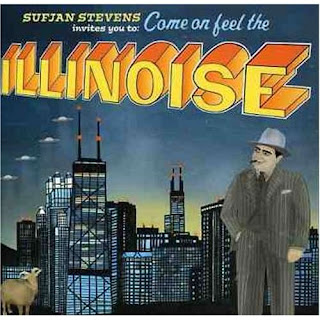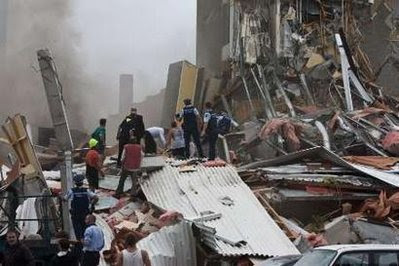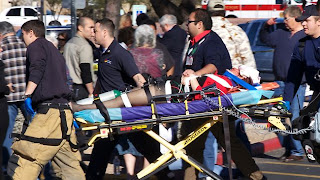It's been bugging me that I no longer do weekly updates about Lindsey Baum. I think of her every day. Most days. Often.
I thought it would be over by now. I have been ready to move on.
Fridays are for clean-up in my world. The house, the blog, occasionally the heart. I dutifully plug in "Lindsey Baum" and instruct my search engine to give me the latest news, maybe even just what's been written in the last 24 hours.
[There are days when I suddenly get a whole bunch of hits about Lindsey and I rush to the news outlets, knowing that she's been found... only to find that the sudden spike in interest is as inexplicable as anything else.]
This evening I found something resonant, out of Olympia, Washington, from Sarah's Blog, maintained at OlyBlog.net * (We are the media...).
First you hear the choppers (Where is Lindsey Baum?)
Mon, 02/21/2011 - 1:34pm — Sarah
First you hear the choppers. They don't sound right, they don't sound like the usual medevac to and from the local hospital. You figure out you are hearing at least one circling helicopter and you step outside.
This is loud. They, there is more than one, are flying low. Looks like media. Something is happening.
Have they found Lindsey? This is what you think. It has been days, months, over a year now since she went missing and maybe they found her. Maybe there is a search warrant being served. Maybe an arrest. Or maybe it is something else. But no, this is probably about Lindsey.
Now it is time for info share. Phone calls, web forums checked, information shared. Rumors fly and you work to mine flakes of possible truth from all the mud.
Next time, next chopper, next buzz of electricity flying through the town. You start walking and find yourself across the street as a search warrant is processed, watching the authorities and the media and the townspeople just like you watching everything and each other.
TV news wants to talk with you, with anyone, and hey! you recognize the guy from channel whatever news. But you decline. While watching a guy who is out on his lawn chair watching the scene. Maybe next time you will bring a lawn chair. Not that any of us are relaxed about this. It's just that some of us can't physically stand and watch without quickly becoming exhausted. Which is a great metaphor or something because really.............we can't stand this. We can't handle this. This is so utterly entirely wrong that Lindsey Baum is gone. [Read the rest HERE.]
* OlyBlog.net is a community collaboration:
"OlyBlog is devoted to citizen journalism, including hyperlocal news and discussion specifically about Olympia, Washington. If you care about this community and are tired of corporate media, then this is the place for you."
To read the various entries from elle est belle la seine la seine elle est belle about Lindsey, click HERE.

















